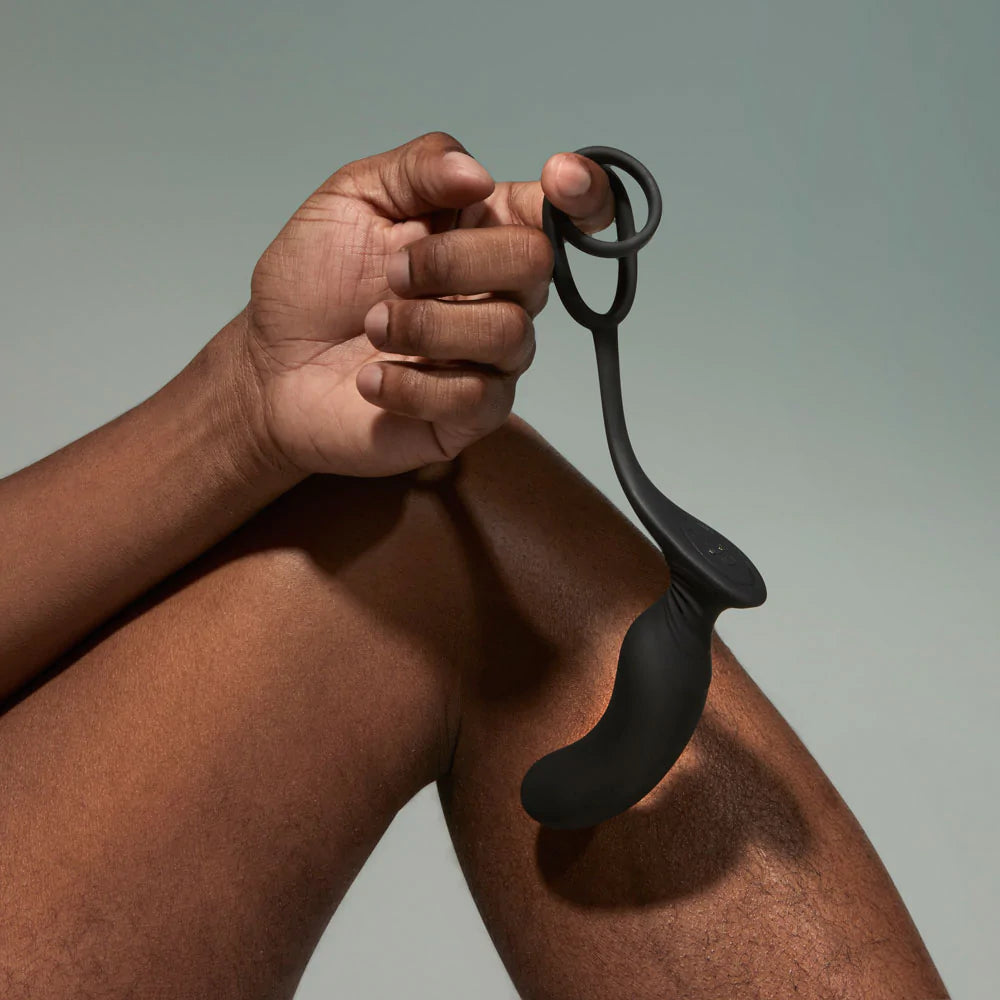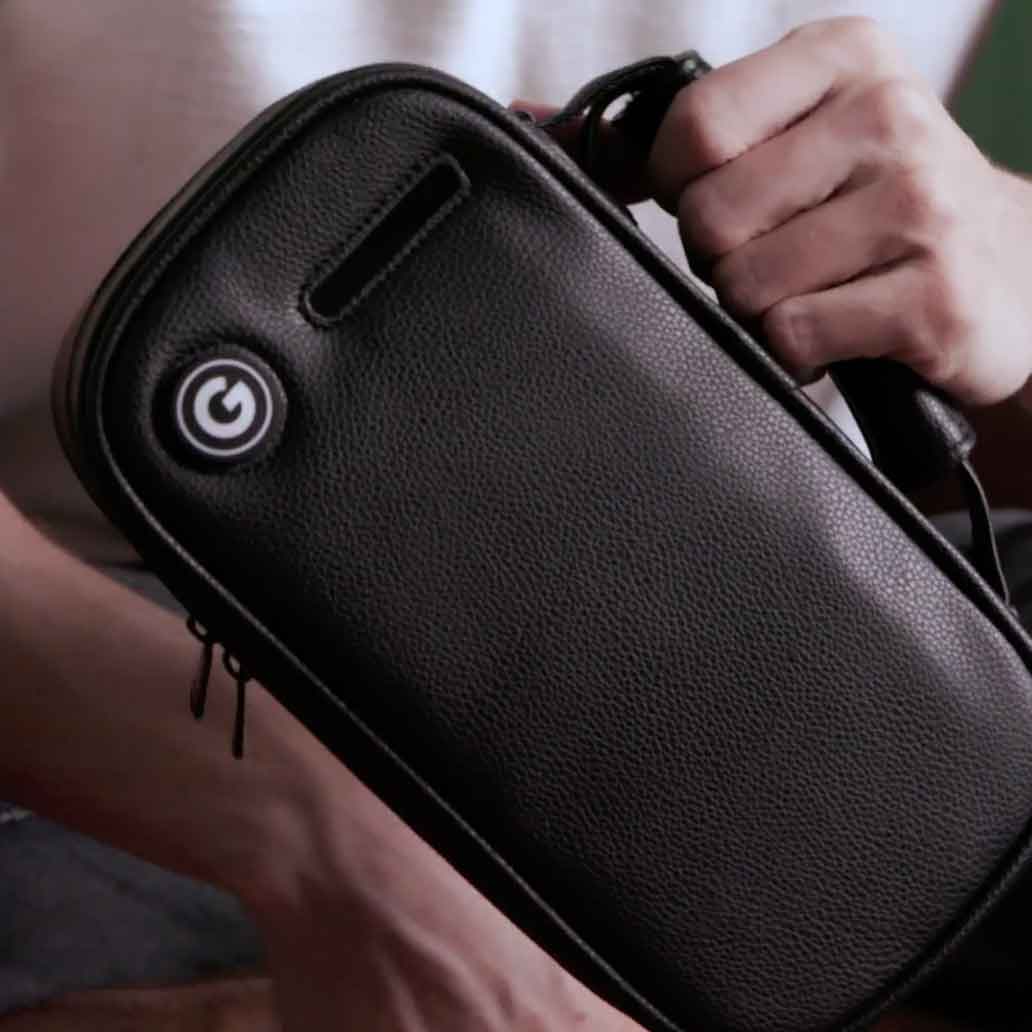Get our Beginner's Guide to Prostate Massage and 15% off your order.

Have you ever heard someone talking about finding “their tribe?” Although tribes are undoubtedly tied directly to Indigenous culture, it can also be a way for people to talk about finding like-minded people they feel safe around.
In LGBT culture, the idea of feeling safe and secure is even more critical — which is why finding which gay tribe(s) you belong to is crucial!
What Are Gay Tribes?
So, what exactly do we mean when we say “gay tribes”? Even Grindr has a section when you’re filling out your profile that allows you to select between a bunch of different “Grindr tribes.”
That way, you can more quickly identify who you are and what you’re looking for in a way other LGBTQ people will understand. The gay community is wonderfully diverse, and gay tribes just prove that!
While some gay tribes revolve around physical attributes, others are more about mindset or sexual preference. We’ll highlight a few of each and maybe even open your mind up to new subcultures you weren’t previously aware of!
Keep an open mind, and let’s dive in!
Twinks

Are you a smooth-skinned, skinny, baby-faced gay man? Chances are you’ve been called a “twink” before, but what the heck does that mean?
A twink is a term used to describe someone in their early 20s (or who looks like they’re in their early 20s) that is thin in build and without any facial or body hair. But, most importantly, twinks are always gay (or bisexual) men.
No one is really sure where this term came from; some people believe it originated in Britain in the 1920s, while others think it’s always been a tongue-in-cheek nod to that popular cream-filled snack cake.
Regardless of its origins, the term twink is here to stay. It’s also one of the most common searches on hook-up sites like Grindr.
You don’t have to be super skinny to be a twink, either! While the general definition is more about thinner men, subsects of twink culture allow for a little bit more diversity. Take twunks, for example, which are slightly more muscular (read: “hunkier”) twinks.
Otters
If you fit into most of the twink definition — thin, young-looking — but have been blessed with body hair, don’t worry. There’s still a gay tribe out there for you!
Otters are still physically smaller, more youthful-looking gay people, just hairy. They straddle the line between a twink and a bear, and many can fit in fairly seamlessly with either! Otters can identify as either masculine or feminine, unlike being a twink. Some may even shift and change depending on their personal evolution!
Bears
Along with twinks, bears are some of the most easily recognized gay tribes in the LGBTQ community. Are you big and hairy? You might be a bear!
Bears are big, burly, almost lumberjack-type dudes who are usually in their late 20s and above. They may or may not be muscular and have facial hair, but typically pride themselves on being hypermasculine. However, while they may look big and scary, most bears are some of the nicest people in the world.
Cubs
In nature, cubs are bears, only younger! The same goes for gay tribes! If you fit the bill of a bear physique but are on the younger side of things, you’d likely be seen as a cub.
Clean-Cut
While many gay tribes define themselves by body type, identifying as “clean-cut” is more about how you present yourself. Clean-cut people take a lot of time taking care of their physical appearance, like shaving their faces, wearing “preppy” clothes (like button-up shirts and slacks), and keeping their hair short and styled.
Rugged

Gay men who identify as rugged are like the flipside of clean-cut culture. Instead of focusing on cleaning themselves up and looking nice, ruggeds are more scruffy (but still in a cute way).
Many take just as much pride in their appearance as clean-cut people but just showcase their good looks and physique differently. Think bear vibes without needing to be as hairy (although you’re certainly welcome to!)
Geeks (or Gaymers)
We don’t want you to think that all of gay culture is shallow (although, let’s be honest, there is definitely a good portion of it that is). The perfect example of this is the geek (or gaymer) tribe, a gay tribe that prides itself on being into the nerdier things in life.
While there may be some similarity in how they look (often rocking a t-shirt with their favorite subject of choice), it’s more about what they like and bonding over shared interests.
Daddies
We all know what a “daddy” is; a specific image gets conjured up immediately when you hear the term. In the gay community, the term daddy usually refers to older men (although they don’t necessarily have to be chronologically older, just more mature) who want to have a sexual relationship with a younger man.

Leather Daddies
One of the kinkier versions of daddy culture is the leather daddy. Leather daddies are those shirtless (although they love a leather vest), leather chaps-clad, hairier dominant types that are super into BDSM culture.
Leather daddies are a very pro-fetish subculture, and they take their love for leather very seriously. They almost always identify as tops (which means they’ll control the prostate massager) and seek out bottoms almost exclusively.
Tops
Although being a top is more of a sexual preference than a gay tribe, it’s worth noting because many people still choose to identify this way on dating profiles. There are plenty of different ways to be a top, and it doesn’t mean you always have to physically be “on top” during a sexual encounter.
Being a top is more about feeling in control during sex. Whether you’re using a vibrating prostate massager or directing your partner on how to use one on you, topping involves a strong sense of self-confidence. That’s why tops tend to flock together (even though the concept of the “alpha male” is fraught with controversy, it could definitely apply here).
Trans

As far as gay tribes go, being trans is its own exclusive club. More and more people have been coming out as transgender, and we’ve been taking steps forward as a culture to allow them to be who they are and feel safer doing it (although there is always some risk involved with coming out at all).
Identifying as trans, especially when you feel like you have to constantly “come out” to other people, can be intimidating — hanging out with people who accept you for you and are like you is like being in a safe space.
Jock
Jocks look like jocks, regardless of their sexual orientation or gender identity. When it comes to gay tribes, jocks are built, attractive, athletic men who love to play sports and be active.
Many jocks, especially in bigger cities, flock to gay sports teams — especially hockey and football. Being a jock doesn’t have to mean you’re not smart, either. Thankfully we’ve moved away from that stereotype!
Gym Bunnies
One particular type of jock is the gym bunny: gay men who spend a lot of time in the gym getting swole. Gym bunnies are often younger, and when they’re not in the gym, they’re using at the beach, showing off that bod.
Poz
Long gone are the times when being HIV-positive was a death sentence. With many effective medications out there and treatment centers dedicated to providing primary care services for LGBTQIA+ community members with HIV, many people continue to live long, fulfilling, healthy lives after diagnosis.
Identifying as “Poz” is a way to connect with other people with HIV while also telling people about your status openly and honestly. After all, why should you have to feel ashamed? HIV is just a diagnosis, like diabetes, that shouldn’t have to stop you from living your life.
Two-Spirit
We didn’t want to discuss gay tribes without ending with mentioning two-spirit people, an Indigenous term referring to Native people who have both male and female spirits inside them. It encompasses a wide range of different gender identities but is unique to Indigenous culture.
Native American tribal members honored their two-spirit members, and two-spirit people were often seen as a blessing. Many two-spirit people settled down in same-sex partnerships. Tribes that welcomed two-spirit members include the Navajo, the Cheyenne, and the Lakota.

Remember, You Don’t Have To Pick a Side!
We’re all humans and aren’t made to fit nicely into specific boxes. We’re incredibly diverse, unique, evolving people, so your gay tribes may shift and change over time, too — and that’s okay!
Finding people like you, regardless of your identity, can still help create community (which we’re all sorely lacking these days). Stay open-minded and socialize with people who aren’t just like you, too! You’ll learn a lot about them and yourself, and who knows — maybe you’ll walk away with some new best friends!
In Summary
Finding which of the gay tribes you belong to can be eye-opening and incredibly comforting. When you find your people, you can spend more time around people who understand you. GIDDI is all about finding your community!
We’re here to help you with whatever you need to learn about and love yourself more.
Sources:
About HIV/AIDS | HIV Basics | CDC
Treatment | Living with HIV | HIV Basics | HIV/AIDS | CDC
HIV Care – Jeffrey Goodman Special Care Clinic | Los Angeles LGBT Center











